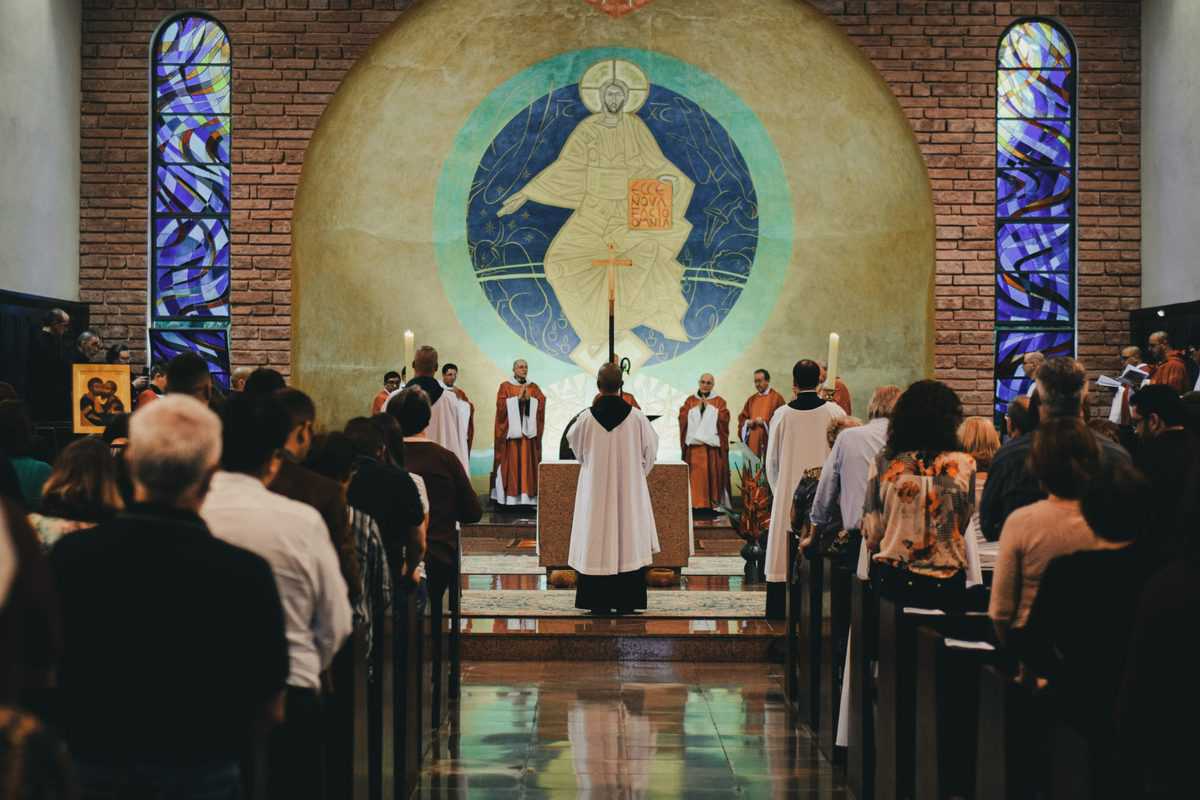The exit, voice, and loyalty model by Albert O. Hirschman illuminates how people interact with their organisations. Three fundamental ideas from his 1970 book “Exit, Voice, and Loyalty: Responses to Decline in Firms, Organisations, and States” have broad applicability. In light of contemporary events, we analyse the Catholic Church’s approach to the dynamics of this paradigm.
Leaving, Speak Up, and Stay Model
Exit: Dissatisfied employees might leave the company. This might be a magazine subscription cancellation or club membership cancellation. It’s disengagement to find an alternative.
communicate: Voice allows employees to communicate their complaints and dissatisfaction with the company to start change. A client complaining about a product’s quality or a member voting to change the club’s leadership are examples.
Loyalty: Supporting the organisation despite dissatisfaction is loyalty. A client may keep purchasing a product despite dissatisfaction with customer care, or a club member may keep joining while disliking the regulations.
The Catholic Problem

The Catholic Church is hierarchical and emphasises doctrinal fidelity. Thus, Catholics who disagree with the Church have a difficult situation. They must decide whether to leave the Church, a severe sin in the religion teaching, or voice their discontent to reform it.
Famous Catholic astronomer Galileo Galilei illustrates this problem. The Inquisition tried Galileo in 1633 for propagating the heliocentric universe hypothesis, which opposed the Church’s geocentric ideas. Galileo recanted his hypothesis under coercion and lived his life under house imprisonment. His story illustrates delicate loyalty-dissent relationship.
A Current Situation
The Catholic Church faces falling enrollment, a clergy shortage, and sexual abuse scandals. Catholic allegiance has been reevaluated due to these concerns.
The “Catholic exodus” is growing in reaction to these issues. This movement involves Catholics leaving for different reasons. Disputes about the Church’s handling of the sexual abuse crisis, its doctrines on abortion and same-sex marriage, and a desire for a more inclusive and welcoming Church have contributed to this tendency.
Another group of Catholics stays and complains. This “Catholic reform movement,” as its name implies, seeks internal change. It proposes structural and theological Church changes to solve current concerns.
Complexity of Catholic Dilemma
The Catholic issue is difficult to resolve. Catholics experiencing Church discontent face a complex decision-making process. To leave, raise issues, or stay loyal is a personal decision.
Conclusion
The departure, voice, and allegiance paradigm helps explain the Catholic dilemma’s complex dynamics. It highlights the conflict between Church allegiance and ardent change. It shows that there is no one remedy for Catholics who are dissatisfied with their religion community. Instead, each Catholic must decide whether to leave, speak, or stay loyal on their own terms.



